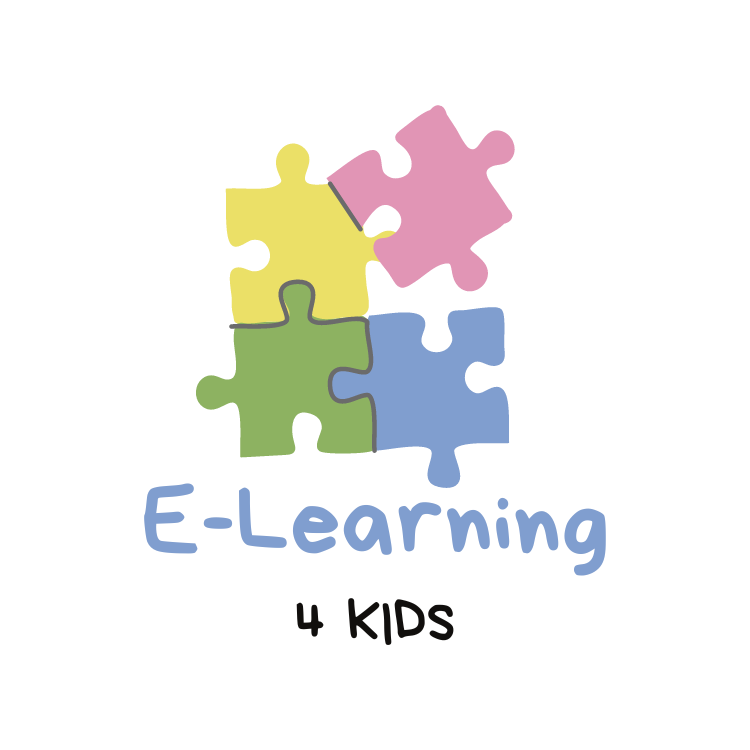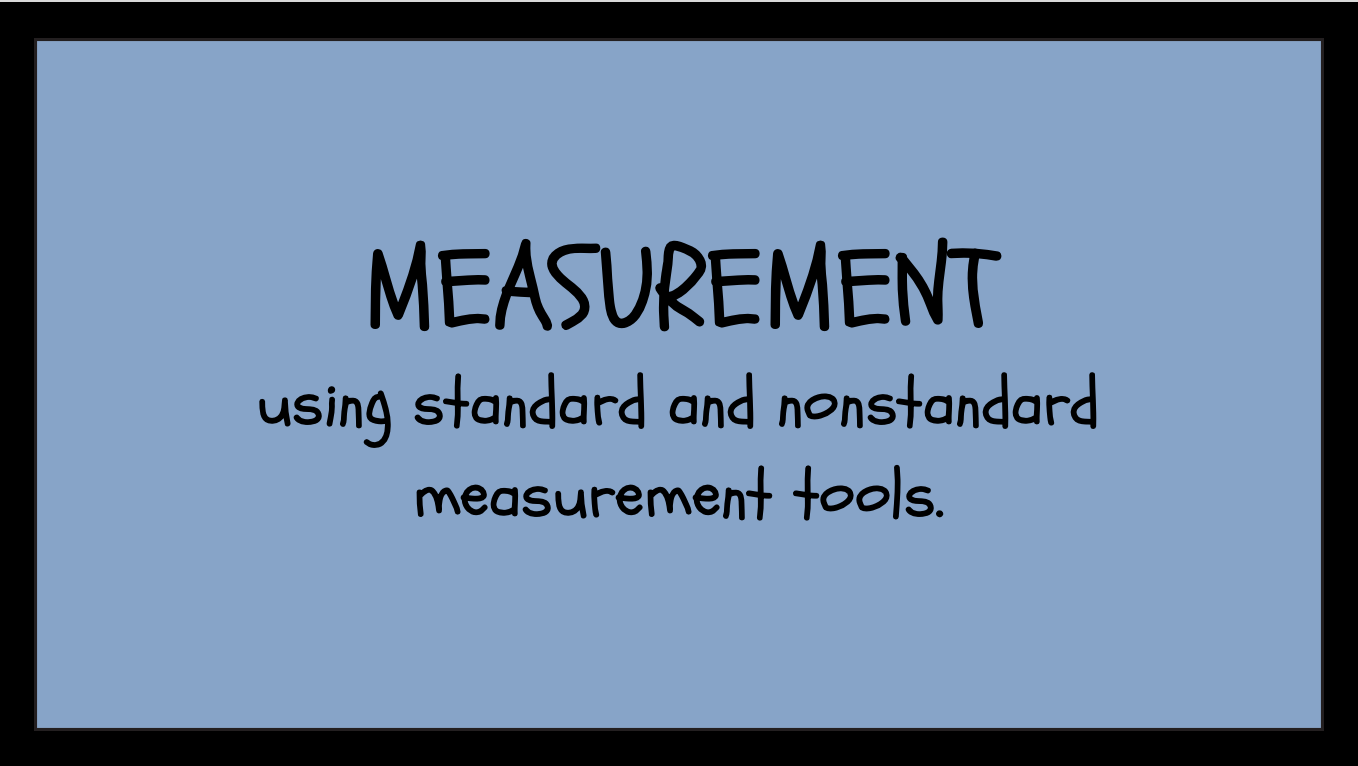Interactive Measurement Lesson for Early Learners | Standard & Non-Standard Tools | Kindergarten & 1st Grade Math
Engage Kindergarten and 1st Grade students with this interactive measurement lesson! Use standard and non-standard tools to measure, compare lengths, and practice math skills with fun activities. Perfect for math centers or class instruction."
Introduce your students to the fundamentals of measurement with this interactive PowerPoint lesson designed for Pre-K, Kindergarten, and 1st Grade! This resource teaches students how to use standard and non-standard measurement tools, compare lengths, and measure objects using cubes and inches. Perfect for whole-class instruction, small group activities, or math centers, this lesson aligns with early elementary math standards and includes fun, hands-on activities for engaged learning.
What's Included:
- Measurement Objectives: Clear learning targets for students to identify and measure lengths and heights.
- Interactive Questions: Slide activities asking students to determine which objects are longer, shorter, or taller.
- Hands-On Cubes Measurement: Fun activities using cubes to measure the length and height of various objects like crayons, scissors, and pencils.
- Standard Measurements: Introduction to measuring in inches with engaging visuals.
- Comparisons: Activities where students calculate how much taller or shorter one object is compared to another.
Key Features:
- Measurement activities using non-standard tools (cubes).
- Measuring lengths in inches with visual aids.
- Comparing objects to determine which is shorter, taller, or longer.
- Perfect for math centers, independent work, or homework.
- Fully editable PowerPoint format.
Uses:
- Measurement Activities for Kindergarten
- Standard and Non-Standard Measurement Tools
- Comparing Lengths and Heights
- Early Elementary Math Lessons
- Math Centers for Kindergarten
- Interactive Math PowerPoint
- Hands-On Measurement Activities
How to Use:
- Whole Class Instruction: Use as a guided presentation with interactive questions for class participation.
- Small Group Activities: Focus on specific slides during math centers.
- Homework/Independent Work: Assign slides for students to complete individually.

